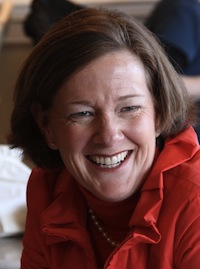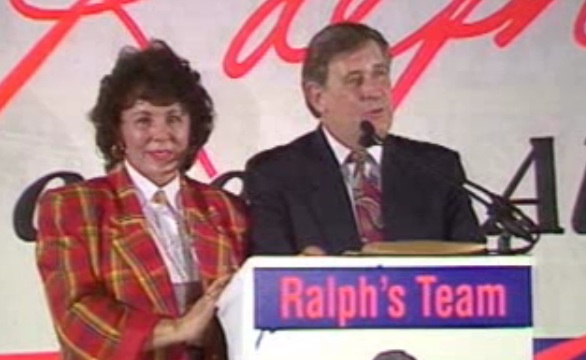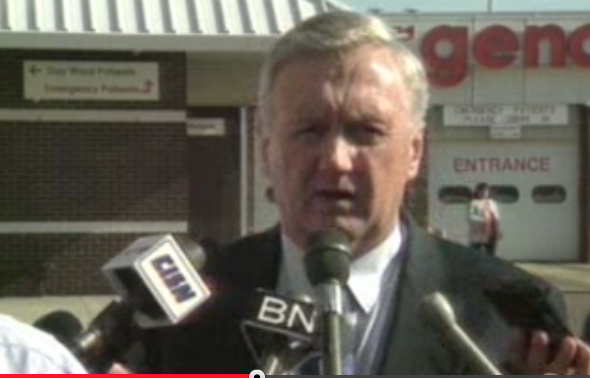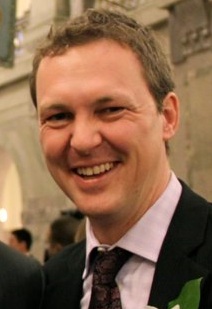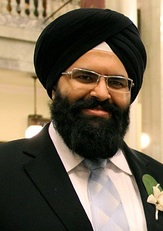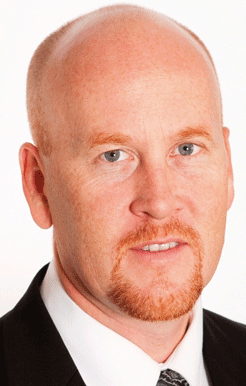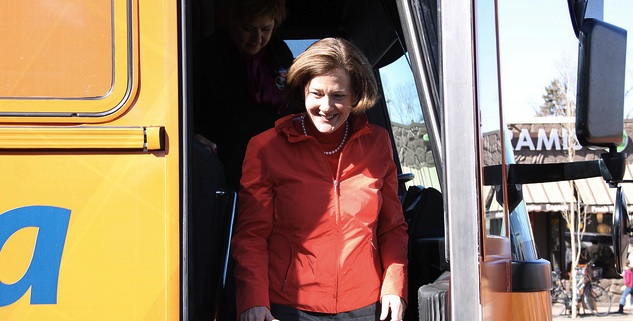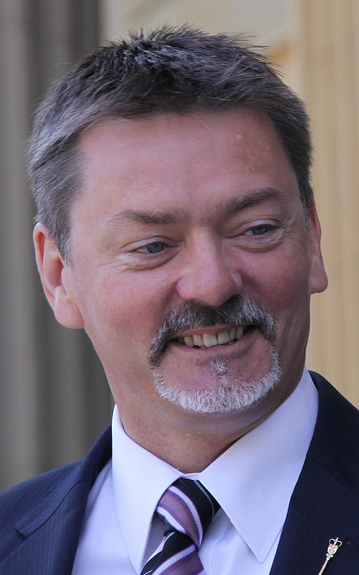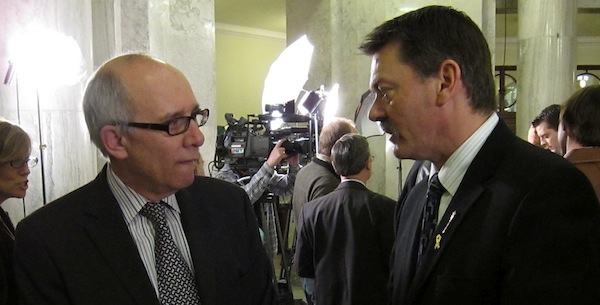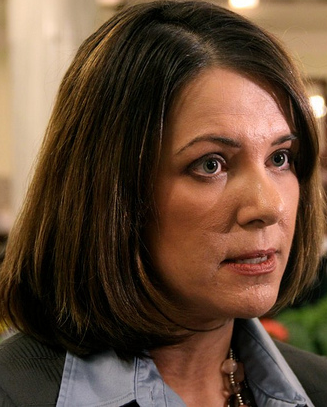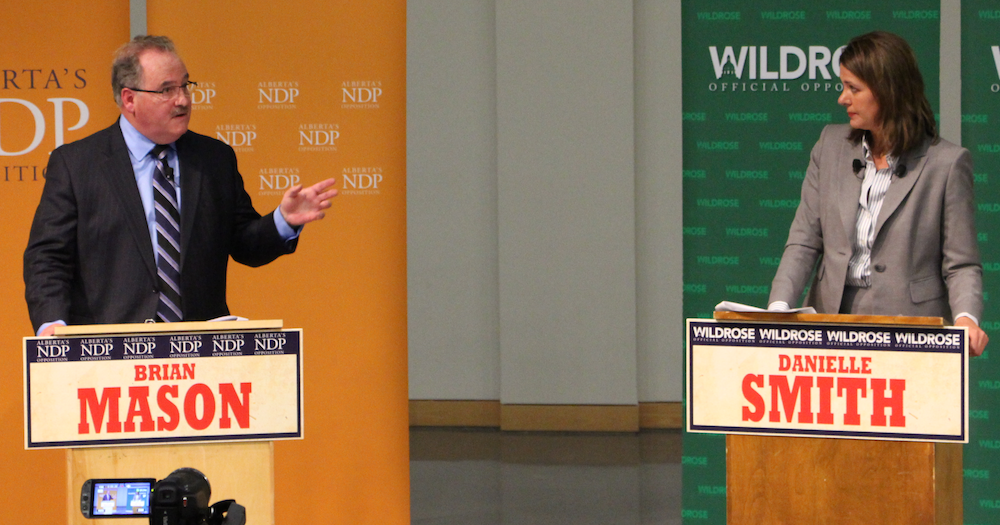
Three years before the next provincial election, a public debate tour might not be where you would expect to find the leaders of two political parties. Breaking convention, Wildrose Party leader Danielle Smith and Alberta NDP leader Brian Mason are joining forces to bring provincial politics to college and university campuses across Alberta. In the second of a planned seven stops, the two leaders stood at their podiums in front of a crowd of 400 at the University of Alberta last night to debate the future of Alberta.
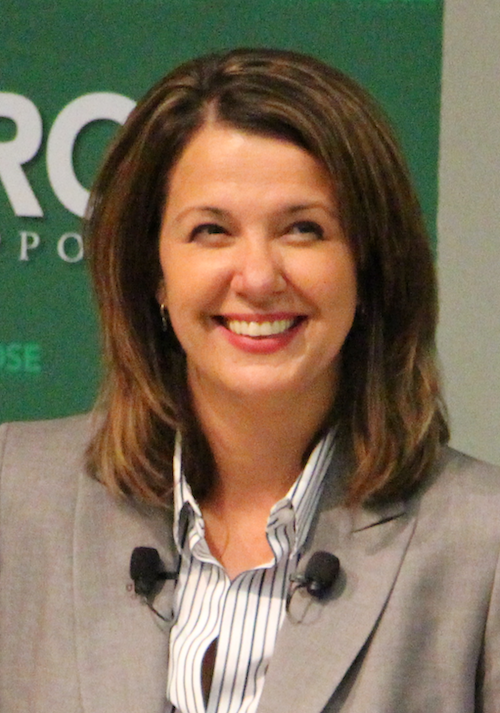
It made me wonder when was the last time one party leader faced another in such a public arena and reflect on how this format is more humanizing than the sterile television studio we typically watch our political leaders debate in. Needless to say, it was a highly entertaining evening.
Ms. Smith and Mr. Mason playfully sparred over issues facing the energy sector, pipelines, the economy, post-secondary education, health care and public services.
On so many issues, it was refreshing to see two distinct opinions being debated. It was also refreshing that, for a change, the long-governing Progressive Conservatives were not always the centre of attention. Highlighting the point of the debate tour, Mr. Mason urged the crowd to “think past the PC government,” reminding them that he was in Grade 11 when the Tories first formed government in Alberta.
On government spending, Mr. Mason cleverly pledged his party would not raise taxes, but reversing tax cuts implemented by former Tory finance ministers Stockwell Day and Steve West. Ms. Smith affirmed that new pipelines would help Alberta restore its revenue stream, and worried that the government was becoming too centralized, especially in health care and potentially in post-secondary education.
“I’m not an expert in post-secondary education, but guess what, neither is Thomas Lukaszuk.” – Danielle Smith
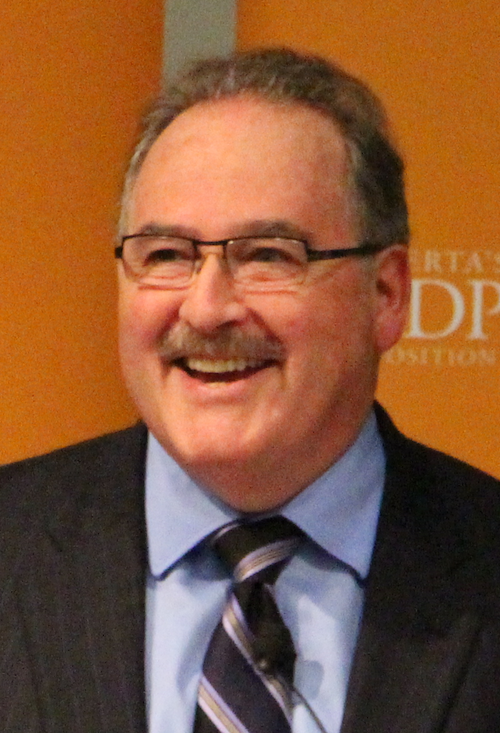
On the topical issue of pipelines, Mr. Mason reaffirmed his party’s support for refining bitumen in Alberta, rather than creating refinery jobs in Texas and China. Ms. Smith avoided commenting on the Keystone XL and Northern Gateway pipelines, instead focusing on the Energy East proposal that would pump oil from Alberta to New Brunswick (which Mr. Mason said he also supports).
While it may seem odd that the two opponents would so comfortably share the stage, there is method to this strategy. After recent budget cuts and government scandals, the two parties are betting that Albertans will be less enamoured with Premier Alison Redford‘s Tories when the next election approaches.
If the Wildrose wants to defeat the Tories in the next election, they not only need to steal votes away from the four-decade old political dynasty, they need other parties to do so as well. While the Wildrose does not have a strong base of support in Edmonton, the NDP are well-positioned to steal votes away from the Tories in the provincial capital (the NDP increased their vote share in Edmonton from 18% in 2008 to 21% in 2012).
If this sounds a tad familiar, there are some parallels that can be drawn to the strategy used by Conservative leader Stephen Harper and NDP leader Jack Layton to destroy Paul Martin‘s Liberal Party in the mid-2000s (except in this case, the Martin Liberals are the Redford Tories).
If you missed tonight’s debate, check out on of the upcoming debates near you:
September 25 – Medicine Hat College
September 26 – University of Lethbridge
October 3 – Red Deer College
October 10 – MacEwan University
October 17 – Mount Royal University

